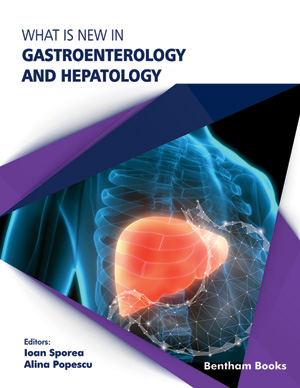Abstract
One of the major complications of Crohn's disease is the development of fibrosis, this causes the intestine to lose its mobility. The most frequent intestinal “damage” occurrences are considered fibrosis, fistula, abscess, resected bowel. The Lemann index has been developed to describe the entire gut damage score in CD. It is summarizes the clinical, imaging, endoscopic, and surgical findings from all the segments of the digestive tract into one global score and provides a superior quantification of the severity of bowel, destruction. Chronic inflammation, hypertrophy of MP (muscularis propria) and smooth muscle hyperplasia of SM (submucosa) were the most valid histopathological features characterizing the intestinal stricture. Imaging methods such as MRI, CT or IUS can detect penetrating disease and intra-abdominal abscesses in different accuracy grades. Although the current imaging techniques were not able to determine the degree of fibrosis, MRI was preferred in the US for pelvic fistulae, abscesses or deep-seated fistulae. By decreasing MRTF and p38 MAPK activation and increasing autophagy in fibroblasts, local ROCK inhibition prevents and reverses intestinal fibrosis. Fibrosis is certainly reversible in animal models. The duration of treatment and toxicity are challenging for the time being.
Keywords: Crohn Disease, Fibrosis, IL36A, Inflammatory bowel disease, Lemann index, MRFT, Penetrating disease, p38 MAPK, ROCK inhibition, Smooth muscle hyperplasia, Stricture.






















